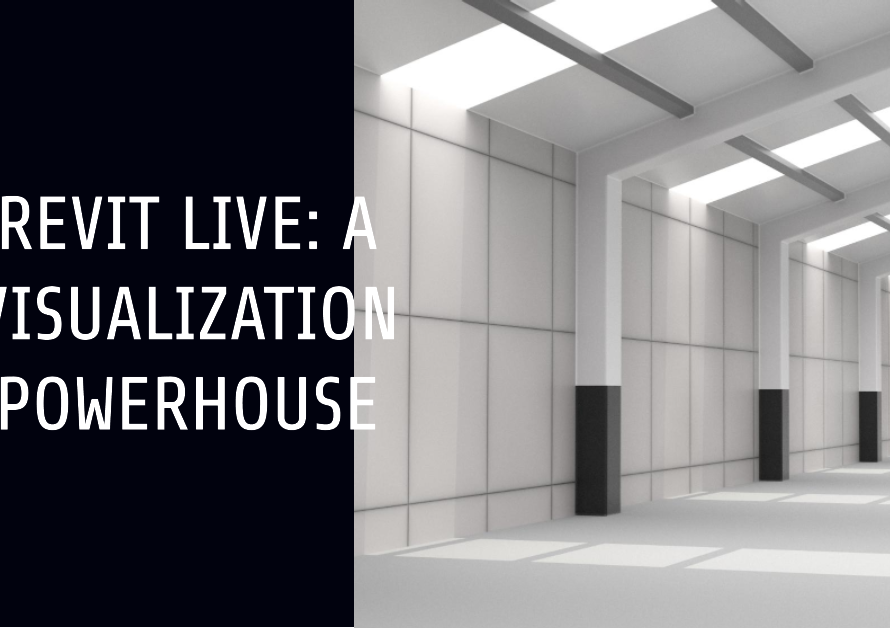
Table of Contents
Introduction: The Nexus of Creativity and Utility
Architecture stands as the grand conductor of the symphony of arts, orchestrating a harmonious blend of creativity, functionality, and cultural expression. As the cornerstone of human civilization, architecture transcends mere construction; it embodies the essence of society, reflecting its values, aspirations, and collective identity. Throughout history, from the majestic temples of ancient Egypt to the towering skyscrapers of modern metropolises, architecture has served as a testament to humanity’s ingenuity and ambition.
The Genesis of Architecture: An Evolutionary Journey
At its core, architecture is the art and science of designing and constructing buildings and other physical structures. However, its significance extends far beyond the realm of mere construction. The roots of architecture can be traced back to the dawn of civilization when early humans sought shelter in natural caves and rudimentary shelters crafted from branches and animal hides. With the passage of time, these primitive dwellings evolved into sophisticated structures, reflecting advancements in technology, materials, and cultural practices.
The Interplay of Form and Function: Bridging Aesthetics and Utility
One of the defining characteristics of architecture is its ability to seamlessly integrate form and function, marrying aesthetic beauty with practical utility. Unlike other art forms that prioritize aesthetic expression over functionality, architecture must balance the needs of its inhabitants with the demands of the surrounding environment. From the layout of interior spaces to the selection of building materials, every design decision in architecture is guided by the dual imperatives of form and function.
Cultural Tapestry: Architecture as a Reflection of Society
Architecture serves as a visual chronicle of human history, encapsulating the cultural, social, and political dynamics of a given era. From the towering minarets of Islamic mosques to the ornate cathedrals of medieval Europe, architectural styles reflect the religious beliefs, artistic sensibilities, and technological prowess of their creators. Moreover, architecture often serves as a symbol of national identity, with iconic landmarks becoming synonymous with the cultural heritage of a particular region.


The Language of Symbols: Architectural Semiotics
In addition to its utilitarian function, architecture communicates symbolic meaning through its design elements, motifs, and spatial arrangements. Just as language relies on syntax and semantics to convey meaning, architecture employs a visual language rooted in symbolism and metaphor. For example, the use of soaring arches and intricate stained glass windows in Gothic cathedrals evokes a sense of spiritual transcendence, while the sleek lines and minimalist aesthetic of modernist architecture reflect the ethos of technological progress and efficiency.
Engineering Marvels: Pushing the Boundaries of Innovation
Architecture serves as a crucible for innovation, driving advancements in engineering, construction techniques, and materials science. Throughout history, architects and builders have pushed the boundaries of possibility, erecting structures that defy gravity, withstand the forces of nature, and challenge conventional wisdom. From the ancient marvels of the Great Pyramids to the contemporary wonders of sustainable skyscrapers, architecture continues to inspire awe and wonder through its feats of engineering prowess.
Environmental Stewardship: Designing for a Sustainable Future
In an era marked by growing environmental awareness, architecture plays a pivotal role in shaping a sustainable future. Architects are increasingly integrating principles of green design, renewable energy, and eco-friendly materials into their projects, seeking to minimize the ecological footprint of the built environment. From passive solar design to green roofs and rainwater harvesting systems, sustainable architecture offers innovative solutions to mitigate climate change and promote environmental stewardship.
Social Impact: Fostering Community and Connectivity
Beyond its physical manifestations, architecture has profound social implications, shaping the way people interact, engage, and coexist within built environments. Well-designed public spaces, such as parks, plazas, and community centers, serve as catalysts for social cohesion, fostering a sense of belonging and collective identity. Moreover, architecture has the power to address pressing social issues, such as urbanization, homelessness, and inequality, by providing equitable access to safe, affordable housing and essential services.
Conclusion: A Tapestry of Creativity and Ingenuity
In conclusion, architecture stands as the quintessential embodiment of human creativity, ingenuity, and cultural expression. As the mother of all arts, it weaves together the threads of history, technology, and social change, shaping the physical and cultural landscape of our world. From the timeless beauty of ancient ruins to the cutting-edge innovations of contemporary design, architecture continues to inspire awe and reverence, reminding us of the enduring power of human imagination to transform the world around us.


